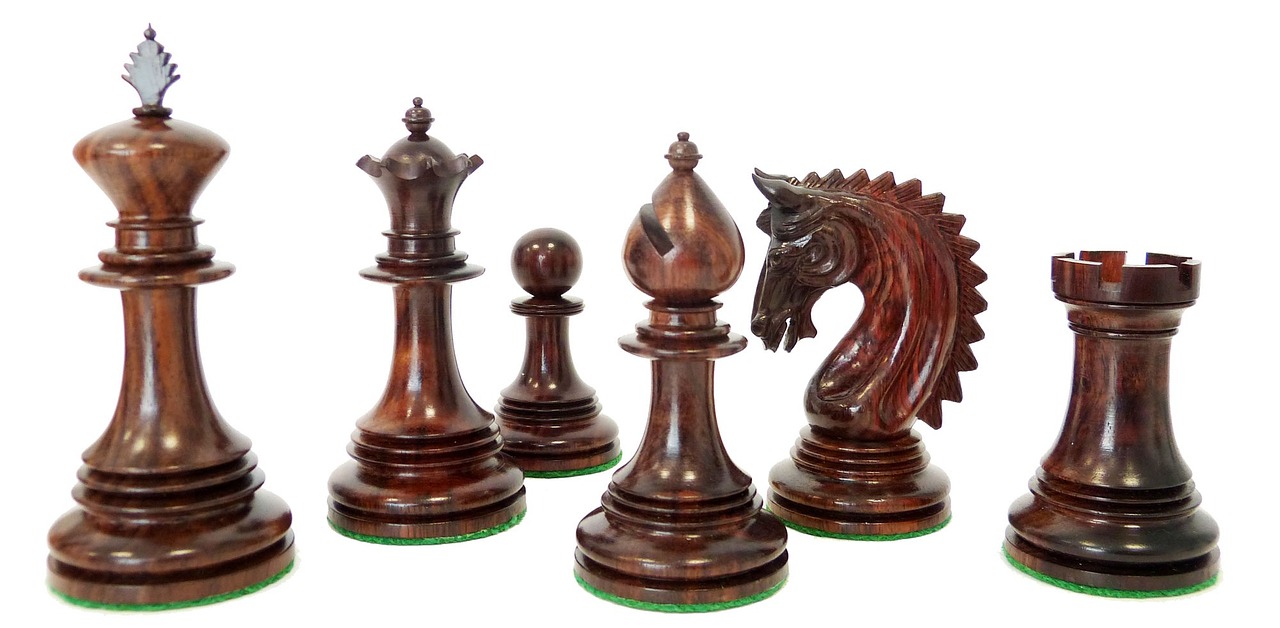The Secret to Turning Rosewood

Don’t be afraid of rosewood. Just be careful.
Hardness
Rosewood is hard, and it’s this hardness that requires you to be careful when turning it.
It is hard, but not overly brittle. It’s the hardest of all of the common woods, used in for example, pen making, but it isn’t a problem to turn.
Toxicity
However, it is toxic, and so you must be careful when turning it. Avoid inhaling rosewood dust, which is the source of rosewood toxicity. Always use a dust extraction system and a suitable face mask when working with rosewood.
Sanding
All rosewood products that you buy in the store are experiencing swirling sickness, which is why they’re dull. It’s best to sand rosewood down just far enough to get rid of swirling. The final finish on rosewood is always done with a wax — usually beeswax.
Saws
Don’t use any hard blades on your scroll saw, as rosewood will quickly dull them. Blades that are too hard will shatter on impact, chip, break, and quickly lose their sharpness if used on rosewood.
Heat
Be afraid of rosewood overheating on the belt sander or the lathe. Not only is it very hard to keep even pressure on the edges, but it quickly comes to overheat, which is why it gets dull as you start to sand it.
They tell you that you need to sand it with a piece of scrap wood behind it, instead of just freestyling it with your fingertips, so that it won’t heat up so much. You still won’t get the even pressure that you get with making your own discs, but hey, if you don’t mind finishing things off with some CA glue, then ask any pen turner if they’ve ever “topped off” underneath a finished disc, and you’ll find the honest ones telling you that the wood underneath the disc is irrelevant.
Lathe Accessories
The best tools for rosewood on the lathe are diamonds shaped things. They provide the granularity you need to savage hard woods such as rosewood. Carbide is where you want to be.
Grain
Rosewood has exceptional grain. You don’t bother with sealing it to begin with. Its grain is fertile. You just can’t cover it up no matter how hard you tried.
Do note that there’s no such thing as “not finishing” your work. If you left rosewood uncovered over the years, it would just dry out and would look terrible. It would dry and polish over time anyway.
Don’t use oil on rosewood, or it’ll just dry and look rubbish. It requires the regular maintenance of an oil if that’s what you choose, but really, wax is the best option.
The important takeaway here is that whatever you do, you don’t cover up the grain of your rosewood project.